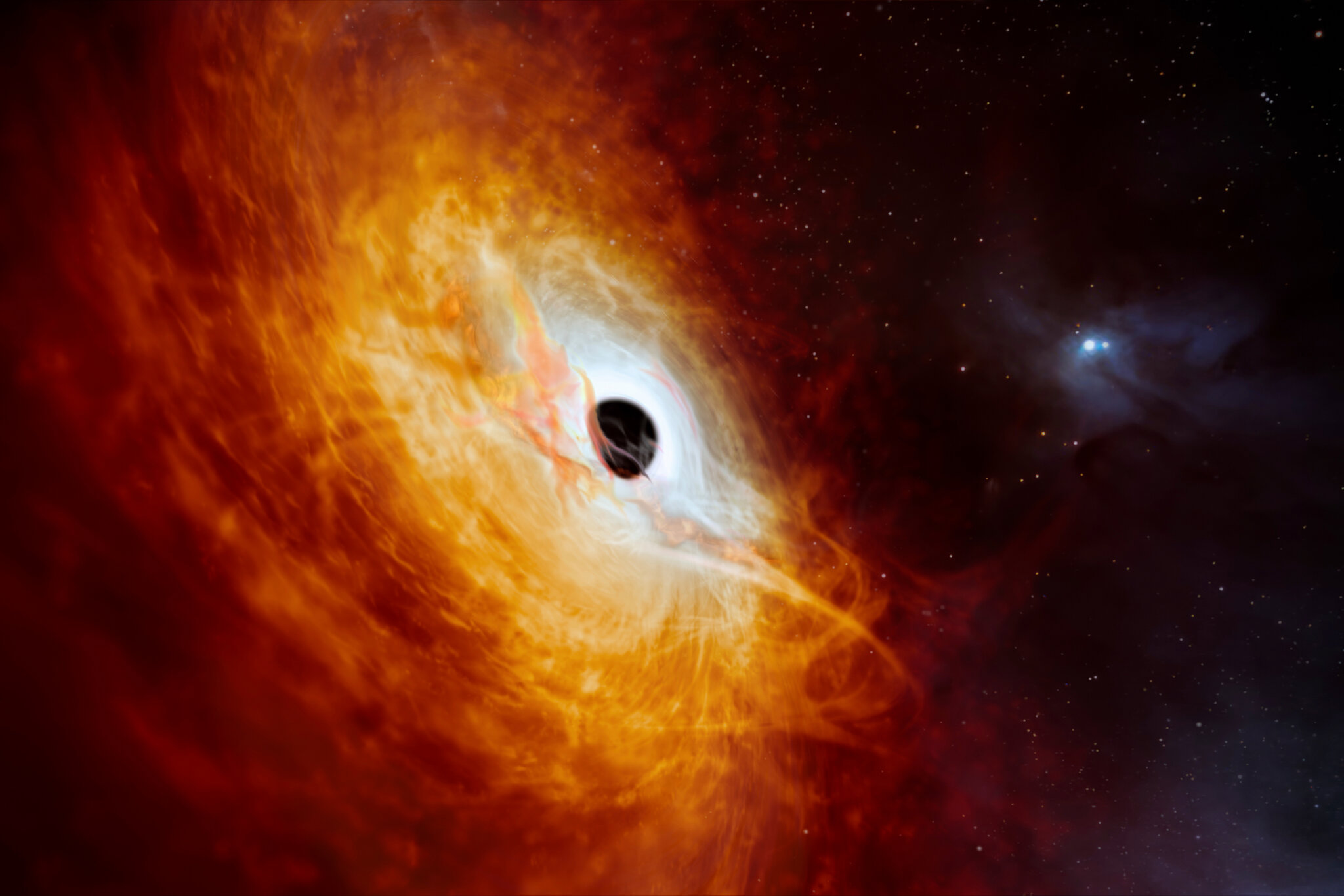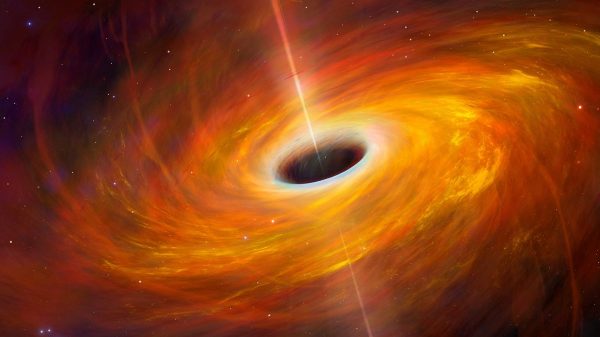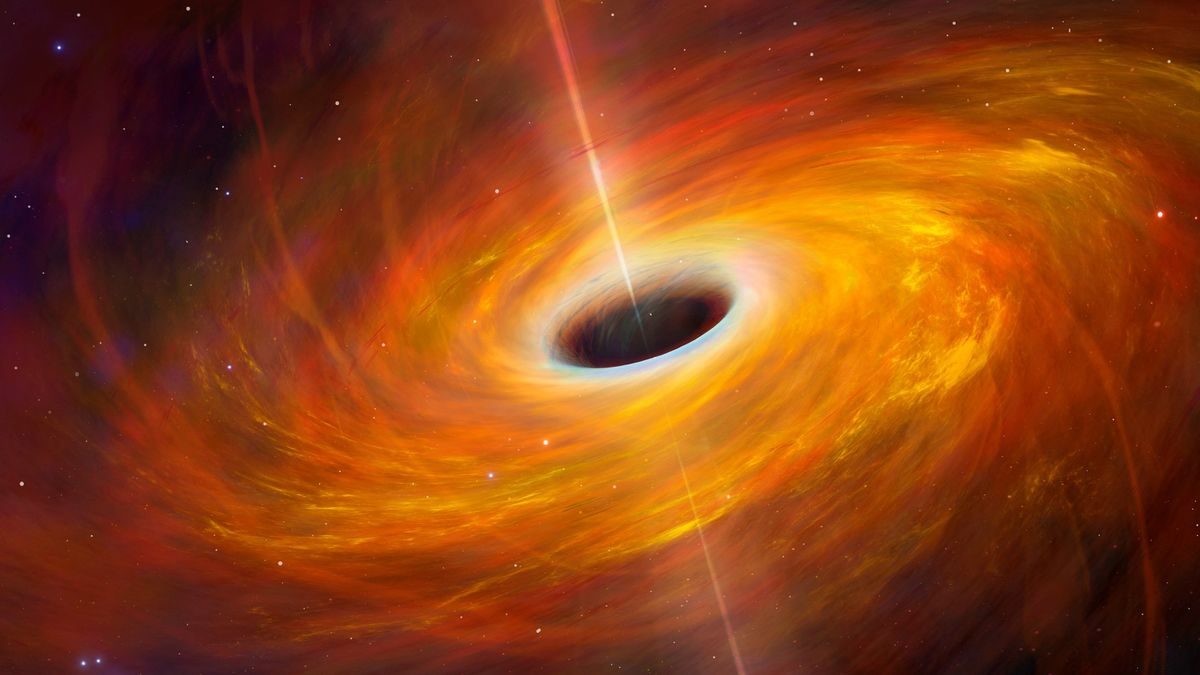Supermassive black holes (SMBHs) are commonly found at the centers of galaxies, and their presence has sparked curiosity about their origins. Initially, the prevailing explanation suggested that these black holes formed in regions with high matter concentration, gradually accumulating mass over billions of years.
However, recent observations have revealed SMBHs that appear much earlier than anticipated, indicating a rapid formation process. Instead of a gradual feeding pattern, these black holes seem to have experienced intense growth phases, challenging previous models of their development.
The Webb Space Telescope has been pivotal in uncovering new insights about SMBHs, particularly in understanding their growth limits. When matter falls into a black hole, it forms an accretion disk that generates radiation.
This radiation can counteract the black hole’s gravitational pull, potentially limiting the rate at which it can grow. The maximum rate of growth is known as the Eddington Limit. New findings suggest that many early SMBHs observed with Webb are feeding at a significantly reduced rate, prompting questions about their feeding history and formation mechanisms.
A recent discovery has shed light on this conundrum. The black hole known as LID-568 has been identified as feeding at an astonishing rate—40 times beyond the Eddington Limit—allowing it to achieve supermassive status much more quickly than previously thought. This extraordinary feeding rate poses questions about how such conditions could persist for millions of years, suggesting that LID-568 may have benefited from a unique environment conducive to rapid accretion.

Discovering Rapid Growth Patterns in Supermassive Black Holes Challenges Existing Theories of Formation
Understanding the formation and feeding patterns of black holes requires examining their accretion disks, where matter accumulates before falling in. The relationship between the mass of the black hole and its brightness, which is influenced by its feeding rate, is crucial in understanding these cosmic phenomena.
While theoretical models propose that SMBHs could exceed the Eddington Limit under certain circumstances, such as direct accretion from nearby gas clouds, evidence shows that these conditions might not last long enough to sustain such rapid growth.
The specific case of LID-568, observed approximately 1.5 billion years after the Big Bang, reveals that it has a mass of around one million solar masses, which is relatively modest for a black hole. However, its luminosity suggests that it has been feeding at rates much higher than typically observed, making it an outlier in the study of black hole growth. Researchers noted that the black hole’s intense emissions and high-velocity gas lobes indicate it has undergone significant mass growth in a concentrated feeding episode.
The implications of these findings are twofold. On one hand, they offer a plausible mechanism for the rapid formation of SMBHs, suggesting that they could achieve their massive sizes by exceeding feeding limits for extended periods.
Conversely, LID-568’s unique characteristics raise questions about the overall population of black holes and whether other similar cases exist. As researchers continue to investigate other X-ray sources, they hope to uncover more examples of these extraordinary black holes, further refining our understanding of the early universe and black hole evolution.








































